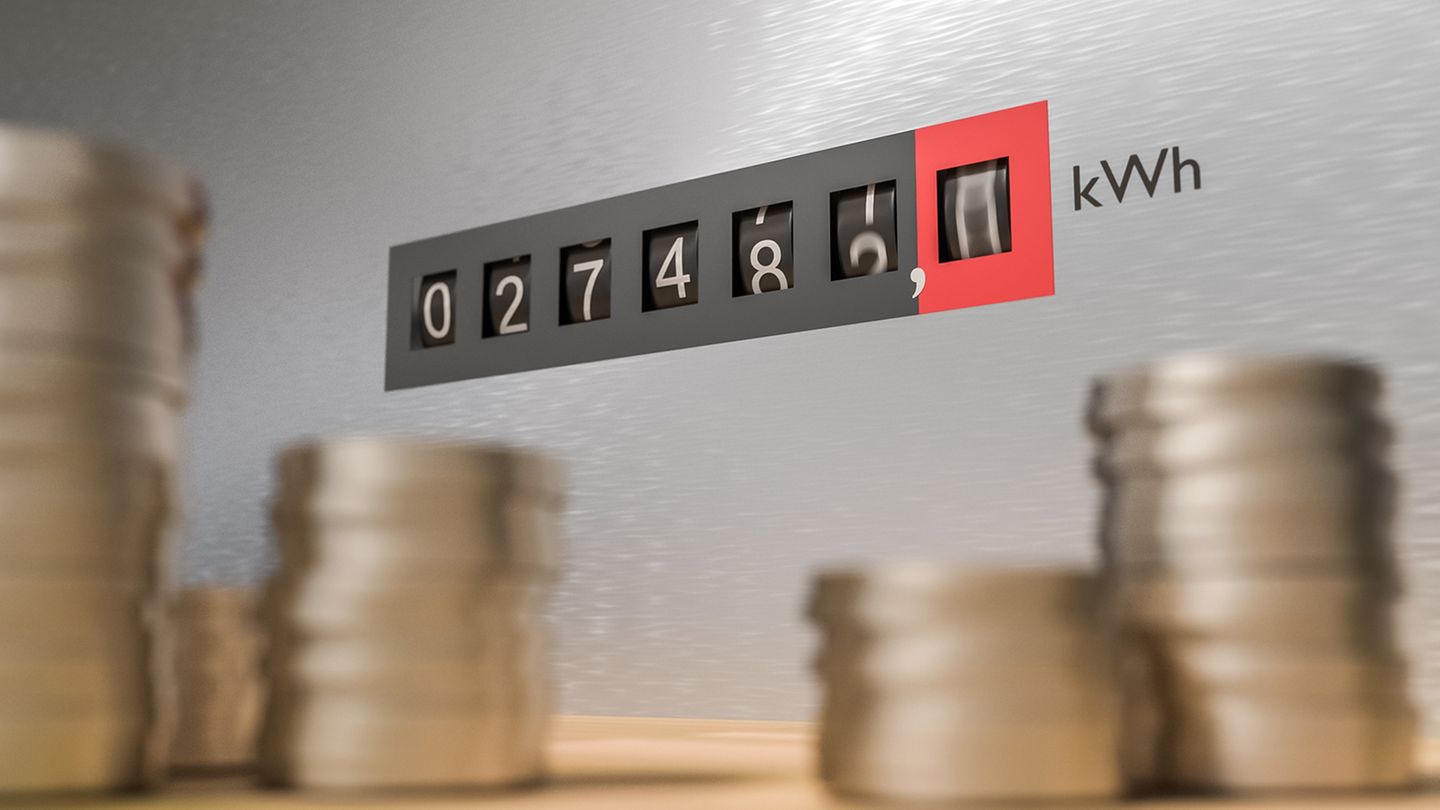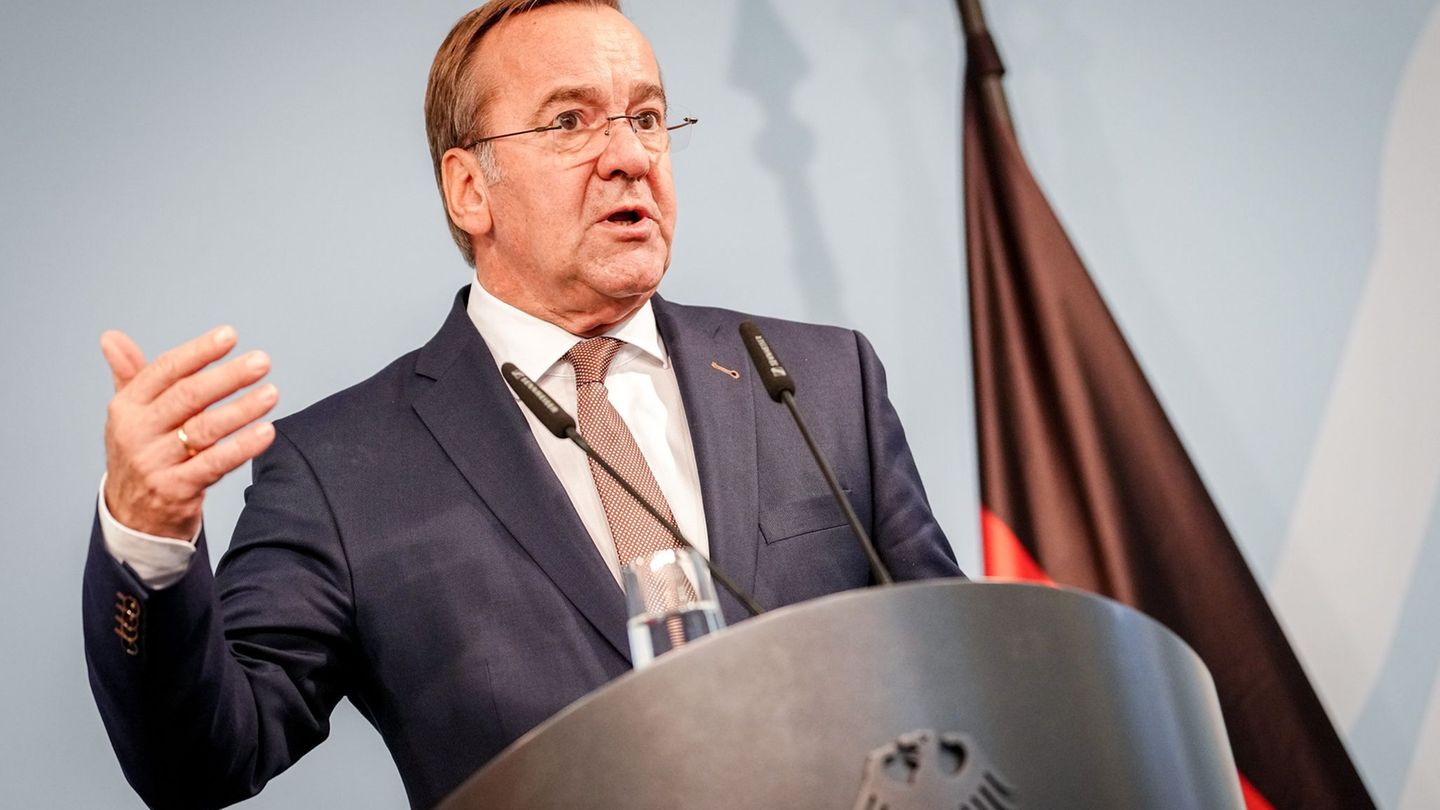Electricity and gas prices for private households are reaching record levels. Why this is, how things are going now and what customers can do.
Traditionally, higher electricity prices are a big issue at the end of the year when many providers raise their prices. But this time the time has come in summer. The comparison portal Verivox is currently reporting a new record high for electricity prices. And the gas price for consumers has also climbed to its highest level in five years.
According to Verivox, private households currently have to pay an average of 30.4 cents for a kilowatt hour of electricity – that is 5.7 percent more than a year ago and more than ever. Over the next ten years, electricity has even risen by a quarter for consumers in Germany. Since the beginning of the year alone, gas has become eight percent more expensive for private customers. And experts are certain that energy prices will continue to rise in the coming months.
Why is it getting more expensive?
The current rise in electricity prices this time does not depend on previous price drivers such as the EEG surcharge or network charges. The main reason is that the providers have to buy the electricity more expensively. The wholesale price for electricity on the EEX energy exchange has roughly doubled since last autumn. This in turn is largely due to the European emissions trading, which is supposed to make the energy supply greener. These pollution rights, which punish climate-damaging energy generation, have recently become significantly more expensive and their price will continue to rise in the coming year.
For a year now, gas prices have even increased significantly more than electricity prices. The new CO2 tax on fuels has been in effect since the beginning of 2021. In addition, the demand for gas worldwide – as a result of the economic recovery after the Corona slump – has increased rapidly, which is driving prices further. The higher gas prices make electricity generation more expensive on the one hand and have a direct impact on private gas customers on the other.
What’s next?
Energy prices will continue to rise – also for end customers. According to Check24, 39 gas suppliers have already announced that they will increase their prices in the coming weeks – by an average of 12.6 percent. The first basic electricity suppliers have also announced increases or, like Vattenfall in Hamburg, put them into effect in August.
Numerous other price increases are likely to follow by the end of the year: “Consumers will have to be prepared for rising electricity prices in the coming months,” says Verivox expert Thorsten Storck. “An abolition of the EEG surcharge, which makes up around a fifth of the electricity price, is promised in the federal election campaign. But short-term concrete relief for households in terms of electricity costs is not yet in sight,” said Storck. He also expects a major wave of gas prices in autumn. Because the CO2 price for fossil fuels will rise from 25 to 30 euros per ton at the turn of the year. “Many gas suppliers pass these costs on directly to their customers.”
What can consumers do?
Anyone who receives a letter announcing a price increase has the right to special notice and can switch. Comparison portals help to find a cheaper electricity or gas provider. Customers who have never changed and are therefore still stuck in the comparatively expensive basic supply can save the most. You can switch at any time without a price increase.
Switching from a basic electricity supplier to a low-cost provider saves an average of around 200 euros a year, according to Verivox. Depending on the region, savings can be even higher, in Berlin even over 300 euros (see table). In addition, some providers also pay hefty one-time bonuses for switching, although these tariffs are not necessarily cheap in the long term. Gas customers who are still in the basic supply can even save more than 400 euros when switching.
An alternative to the well-known comparison portals such as Verivox and Check24 are exchange services, which not only organize the change once, but also keep an eye on the tariff and inform the customer of their own accord if another change is worthwhile. Of these tariff watchdogs, Stiftung Warentest particularly recommends the services Switchup, Esave, Wechselpilot and Alternating Current.
Annual electricity costs and savings potential for model household *
|
Electricity costs in the basic supply |
Savings potential when switching (without bonus) |
|
|
Germany |
1351 Euro |
204 Euro |
|
Baden-Wuerttemberg |
1371 Euro |
210 Euro |
|
Bayern |
1330 Euro |
212 Euro |
|
Berlin |
1428 Euro |
309 Euro |
|
Brandenburg |
1374 Euro |
179 Euro |
|
Bremen |
1180 Euro |
113 Euro |
|
Hamburg |
1421 Euro |
177 Euro |
|
Hessen |
1355 Euro |
213 Euro |
|
Mecklenburg-Western Pomerania |
1353 Euro |
187 Euro |
|
Lower Saxony |
1299 Euro |
162 Euro |
|
North Rhine-Westphalia |
1339 Euro |
199 Euro |
|
Rhineland-Palatinate |
1380 Euro |
237 Euro |
|
Saarland |
1386 Euro |
221 Euro |
|
Saxony |
1304 Euro |
152 Euro |
|
Saxony-Anhalt |
1330 Euro |
181 Euro |
|
Schleswig-Holstein |
1454 Euro |
217 Euro |
|
Thuringia |
1406 Euro |
252 Euro |
* Household with an annual consumption of 4000 kilowatt hours; Source: Verivox; The cheapest offers from local basic suppliers and supraregional suppliers were taken into account, insofar as they are published on the Internet and comply with Verivox’s guidelines
Jane Stock is a technology author, who has written for 24 Hours World. She writes about the latest in technology news and trends, and is always on the lookout for new and innovative ways to improve his audience’s experience.




